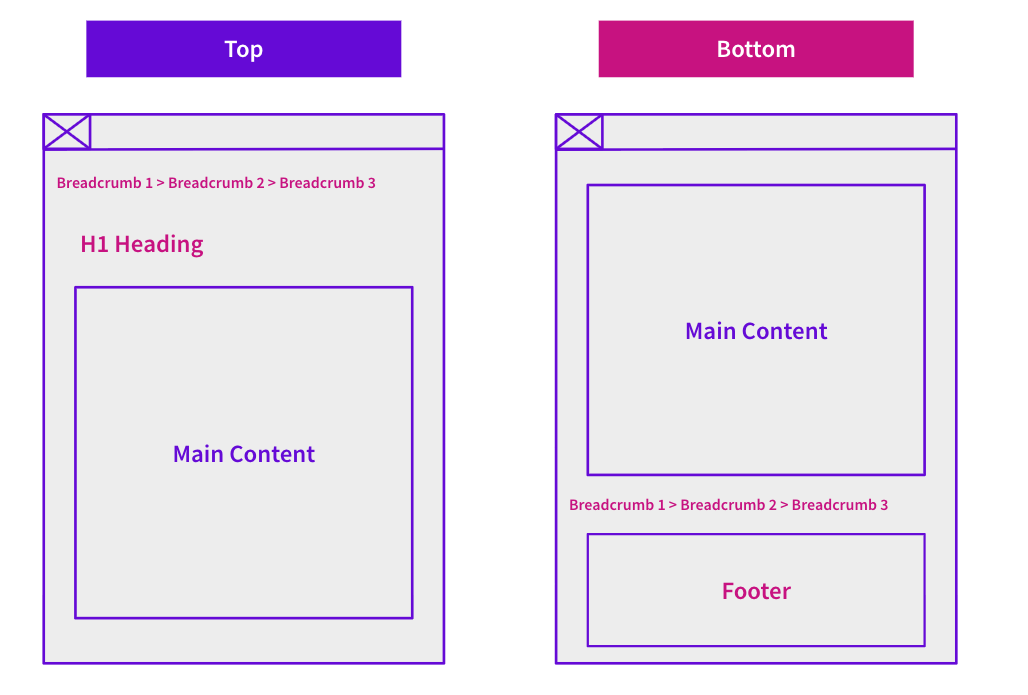Start here: how our SEO split tests work
If you aren't familiar with the fundamentals of how we run controlled SEO experiments that form the basis of all our case studies, then you might find it useful to start by reading the explanation at the end of this article before digesting the details of the case study below. If you'd like to get a new case study by email every two weeks, just enter your email address here.
This week, we ran a poll asking our Twitter/X and LinkedIn followers whether they thought internal linking is still relevant for improving SEO performance in this day and safe of evolving SEO updates.
Here’s how our followers voted:

Most of our followers still think that internal linking is critical for SEO. Read on to find out more about the importance and impact of internal linking for SEO plus some real SEO A/B test case studies.
Why Internal Linking is Important for SEO
Internal linking is a critical aspect of search engine optimization (SEO) that significantly impacts website performance. Unlike external links, which connect your site to others, internal links navigate users within your site, distributing link equity and guiding search engines to understand your site's structure and hierarchy. This process enhances the indexation of pages and improves their visibility in search engine results.
Internal linking is akin to building a roadmap for both users and search engines. By strategically linking pages, you can highlight the most important content, helping search engines understand which pages should be ranked higher. Additionally, internal links can enhance user experience by making it easier to navigate related content, thereby increasing the time spent on the site and reducing bounce rates. This practice not only aids in the logical flow of content but also ensures that link equity or 'PageRank' is effectively passed throughout your site, enhancing the overall authority and ranking of your web pages.
For more detailed insights, read Will’s discussion of how internal SEO can affect SEO here. You can also watch a recent video below.
How Setting Up Internal Linking Tests is Different
Testing internal links for SEO differs from other types of SEO tests, due to the unique nature of their impact on both source and destination pages. Unlike on-page SEO tests, which generally focus on changes to individual pages, internal linking tests require a broader perspective to measure effects accurately.
To set up internal linking tests, the process involves defining a measurement section where statistically significant effects can be observed. This generally consists of the destinations of the links being added, removed, or changed as part of the test - they need to be split into two statistically similar groups so any differences between them can be measured and attributed to the linking change that has been implemented.
For most tests, you will also have a separate group of pages on which you’re making a change - generally pages where you’re adding a new link (the source of the links being added, removed or changed). Both groups can be measured independently, so the net impact of the change can be measured.
Advanced internal linking tests can measure the effects on source pages, destination pages, and even potential destination pages that did not receive new links, providing a comprehensive understanding of the impact of internal linking changes. This comprehensive approach helps in evaluating the net effect of the internal linking strategy with statistical confidence.

Internal Linking Case Studies
Case Study: Nearby Location Links
A test involving the addition of links to the nearest geographic regions on a website listing a business’s physical locations with around 8,000 regional pages resulted in a 7% uplift in organic traffic on the pages receiving new links. This demonstrates the positive impact of strategically cross-linking related regional content.
Case Study: Increasing Internal Linking to Related Articles
In another study, increasing internal linking by adding more related article links showed an uplift in the donor pages (source of the links) but did not conclusively benefit the recipient pages. This suggests that while internal linking can boost visibility for some pages, the overall impact can vary based on various factors, including user experience and on-page elements.
Case Study: Changing Internal Redirect Links
Adjusting internal links that pointed to 301 redirect URLs to point directly to the final destination (200 status code) resulted in improved crawl efficiency and better user experience, leading to positive SEO outcomes. This highlights the importance of minimising redirect chains to enhance both user navigation and search engine crawlability.
Case Study: Reducing the Number of Links in a Link Block
Reducing the number of links in a link block on a customer's page led to a more focused distribution of link equity, which improved the ranking of the remaining linked-to pages. This case highlights the necessity of optimizing link density to ensure that the most critical pages receive adequate link equity.
Case Study: Adding Internal Links to Home Page Footer
Expanding the homepage footer to include more internal links yielded a 5% uplift in organic traffic for the destination pages. This experiment showed that strategic placement of internal links, even in the footer, can positively influence SEO by distributing link equity more effectively.
Second Order Effects
One of the significant challenges with internal linking tests is accounting for second-order effects. Link equity passes through the entire link network of a website, and it is hard (if not impossible) to measure the effects of the pages linked to from the destination pages in the linking test. As part of this type of testing methodology, we have to assume that the first order effect (the impact on the pages linked to within the test) is the dominant effect, and any second order effects are negligible.
Redistribution or Improvement?
A crucial question in internal linking tests is whether the observed benefits are due to genuine improvements or merely a redistribution of existing link equity. For example, adding new internal links might boost the visibility of certain pages at the expense of others, leading to a zero-sum game where the overall site authority remains unchanged. It's essential to design tests that can differentiate between true enhancements in SEO performance and mere reallocation of link value.
In conclusion, internal linking is a powerful tool for enhancing SEO, but it requires careful planning, testing, and analysis to maximize its benefits. By understanding the nuances of internal linking and conducting well-designed tests, website owners can improve their site's visibility, user experience, and overall search engine performance.
To receive more insights from our testing sign up to our case study mailing list, and please feel free to get in touch if you want to learn more about this test or about our split testing platform more generally.
How our SEO split tests work
The most important thing to know is that our case studies are based on controlled experiments with control and variant pages:
- By detecting changes in performance of the variant pages compared to the control, we know that the measured effect was not caused by seasonality, sitewide changes, Google algorithm updates, competitor changes, or any other external impact.
- The statistical analysis compares the actual outcome to a forecast, and comes with a confidence interval so we know how certain we are the effect is real.
- We measure the impact on organic traffic in order to capture changes to rankings and/or changes to clickthrough rate (more here).
Read more about how SEO testing works or get a demo of the SearchPilot platform.




